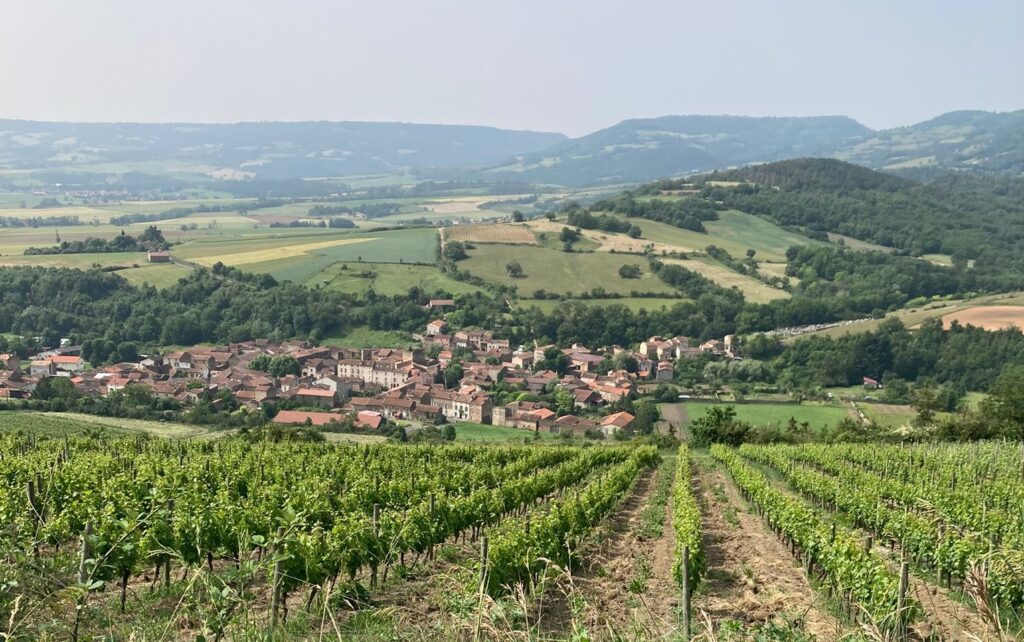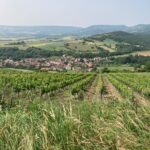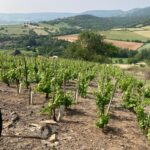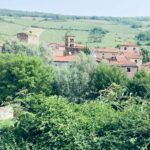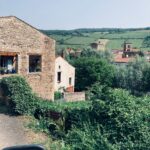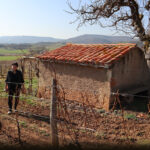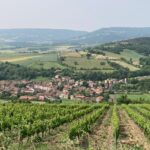France has many “wine countries” and Auvergne rarely — if ever — makes the list. There are signs, however, that in the future this may not always be the case. In Boudes, a village often regarded as part of the “Tuscany of Auvergne” micro-region, esteemed winemaker Annie Sauvat is enthusiastically working to raise the international visibility of Auvergne wine.
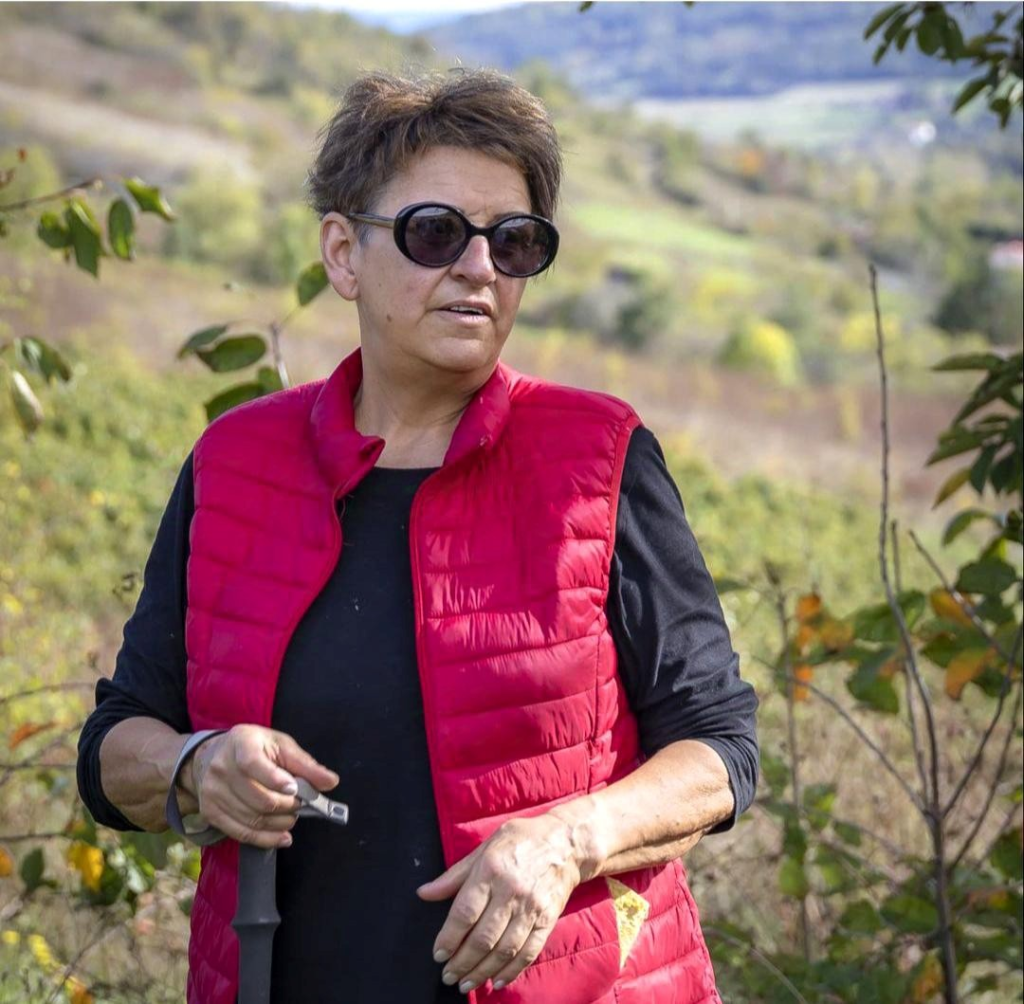
After completing courses of study in agriculture and marketing, Annie joined her family business, Domaine Sauvat, and spent decades helping to turn it into one of the most recognised wine brands in Auvergne. Then, in 2021, she changed course, choosing to sell most of her family’s multi-hectare estate to a local viticulturist, Henri Chauvet. Doing so, she told me, allowed her to dedicate more time to her passion, what she calls “tranquil tourism”.
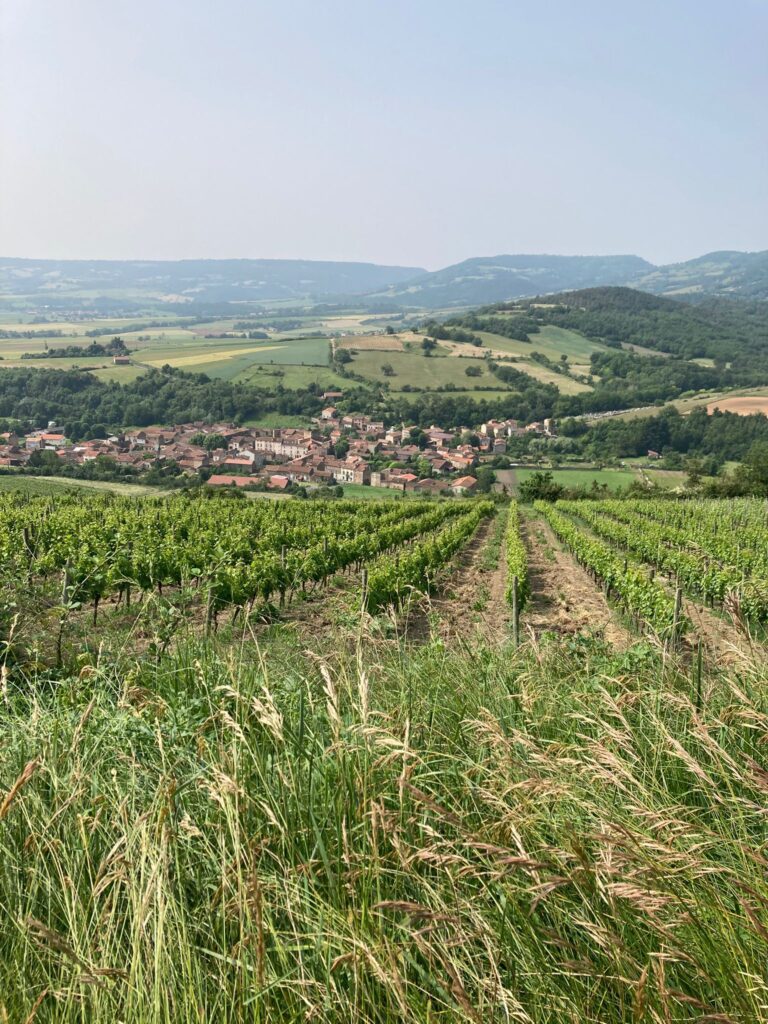
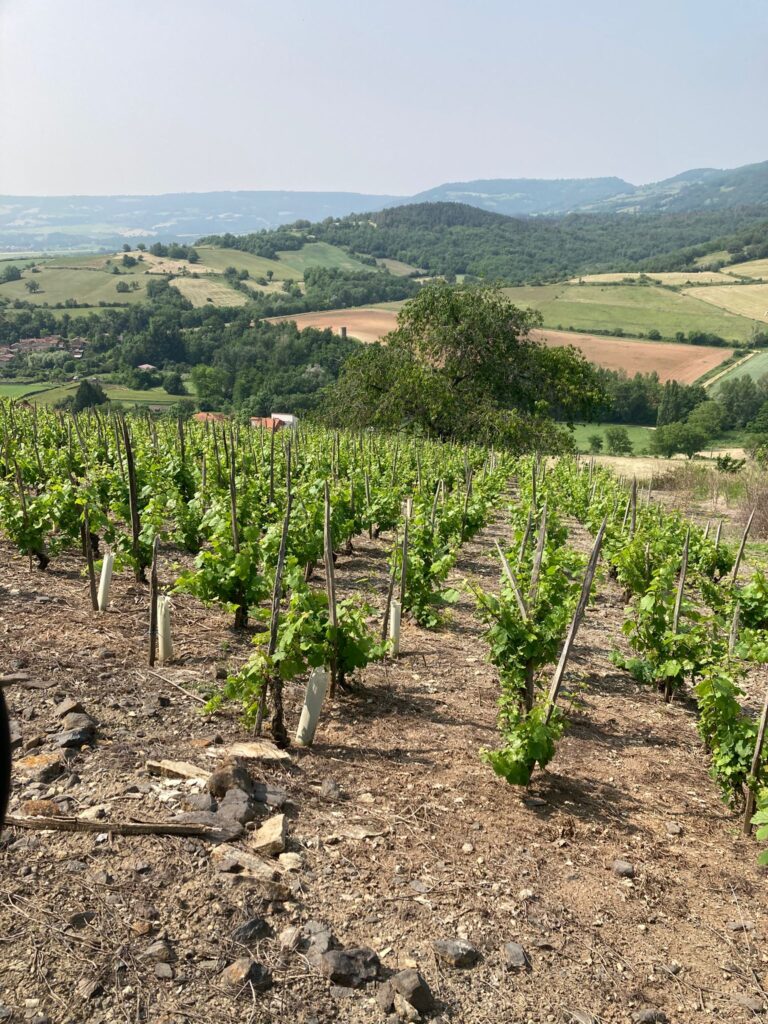
“I didn’t have much time to do it before, but now I can tell the story of this place,” she said, as we spoke in the lofty vineyard above Domaine Sauvat’s headquarters. Since the sale, Annie has organised and overseen a series of immersive workshops, tastings, exhibitions, and social activities — all focused on the wine heritage of Boudes. Geared to promote wellbeing, these cultural experiences, which include storytelling walks in the vineyards, yoga sessions, group picnics, and even dowsing lessons, are — as far as I’m aware — unlike any other wine tourism programme in Auvergne.
“People come here for something different,” she said. “They get to learn about the grapes and the wine while passing their time in a pleasant environment.” Beaming, she leaned against her vintage jeep (our transport for the morning) and added: “For me it’s a great opportunity to transmit what I know and appreciate about this region and its history.”
After our chat in the vineyard, we hopped into the jeep and ascended the volcanic hills to survey the rest of the estate. During the drive, Annie told me more about the history of Auvergne wine-growing, explaining how the Phylloxera epidemic dramatically set back local viticulture in the nineteenth century. “You know,” she said, “before 1890 in just Puy-de-Dôme, there were about 45,000 hectares of vineyards. Today, there are only 450.”
Happily, Auvergne grapes are making a comeback. Here the Gamay grape is king, and there are no signs that he will relinquish his crown anytime soon. As we descended, passing by rows and rows of lively, windswept vines, I thanked Annie, sensing that the tour was nearing its end. But she had other plans.
“Have you seen Boudes?” she asked.
“No.”
She shot me a look of surprise. “Let’s go.”
And just like that we were off. To my mind, Boudes has all the hallmarks of a Tuscan village: sandstone- and ochre-coloured villas, cypress, laurel, and rosemary growing here and there, and of course a recently-restored Romanesque church with a picturesque bell tower. In town, we ran into one of Annie’s colleagues, professional storyteller Christine Butot. Christine, I was delighted to learn, leads Domaine Sauvat’s storytelling walks. It was clear that — like Annie — Christine has a deep connection to Boudes and a strong desire to share its tales with larger audiences.
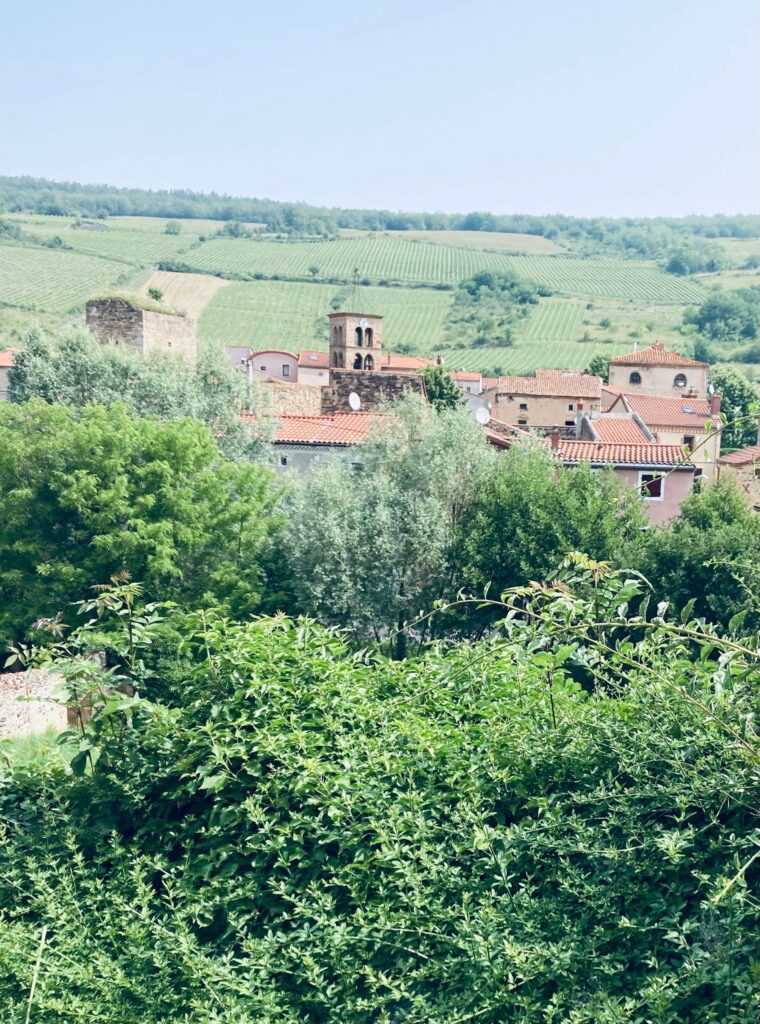
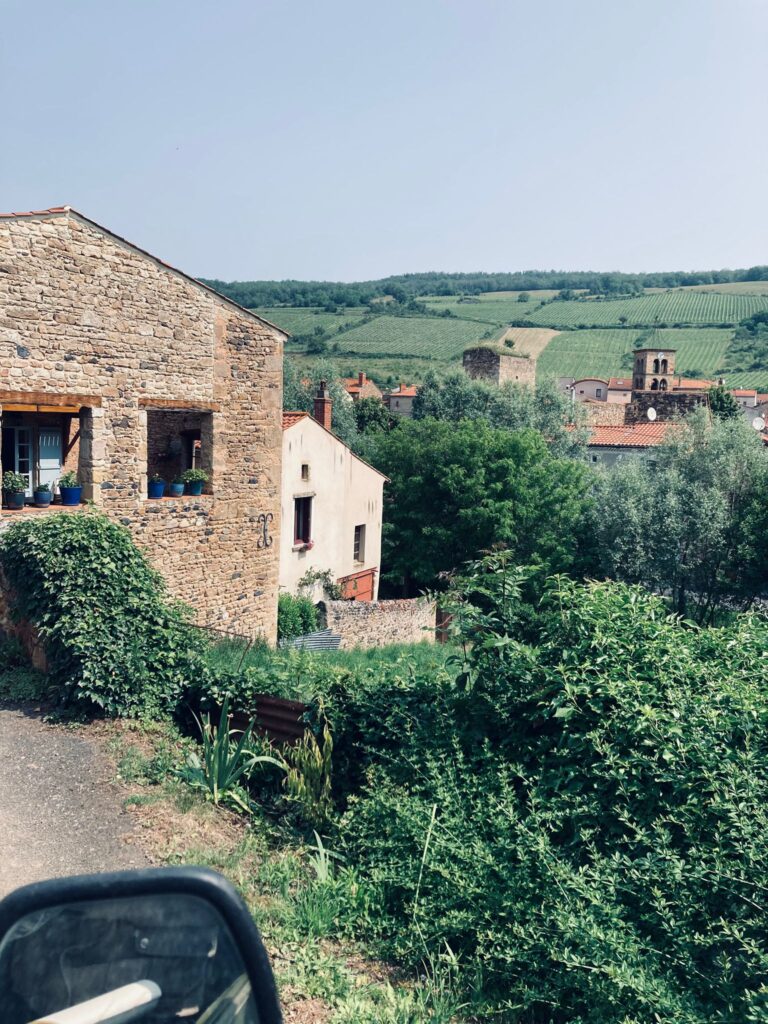
Back at Domaine Sauvat, Annie showed me the site’s art exhibition space and I even had a chance to taste a wine called Nymphéa, a silky, rather aromatic Pinot Noir.
As a tour operator myself, the future of sustainable tourism is always on my mind. I left Domaine Sauvat with the feeling that Annie has, in many ways, foreseen and laid the groundwork for newer and more relatable ways of thinking about wine tourism while at the same time staying faithful to Auvergne’s often overlooked cultural heritage.
For more on Domaine Sauvat click here



